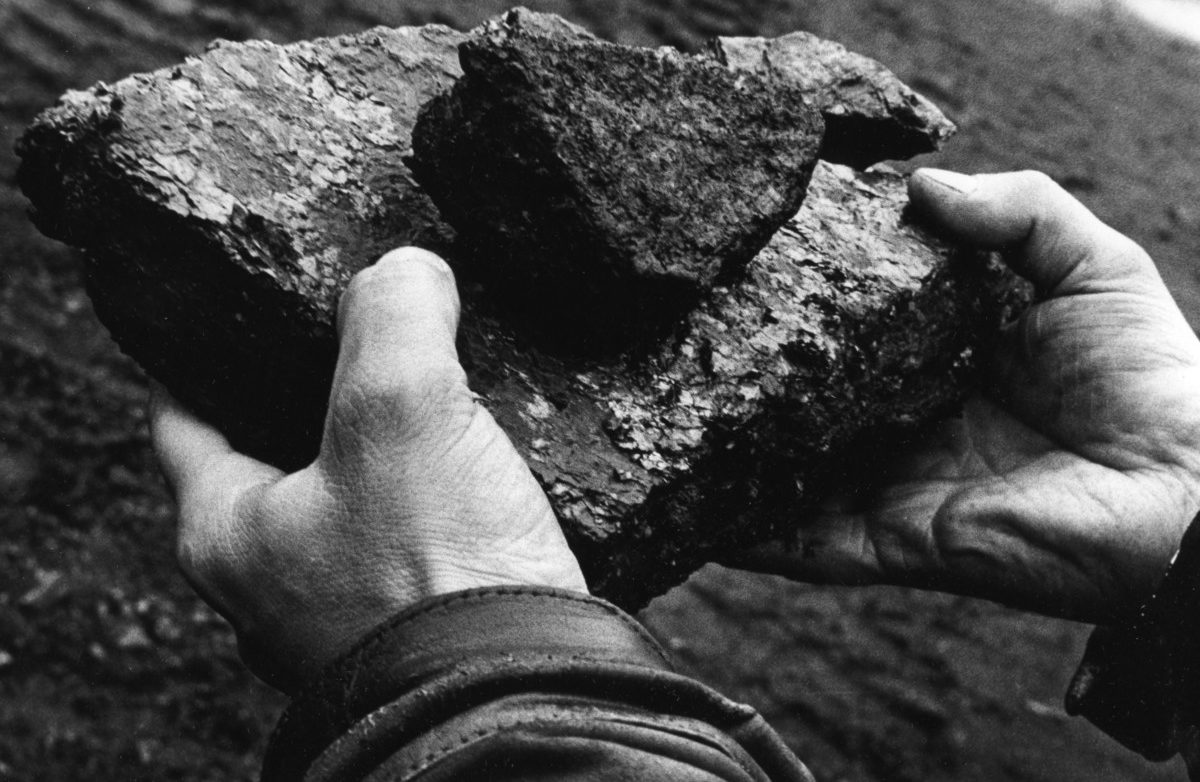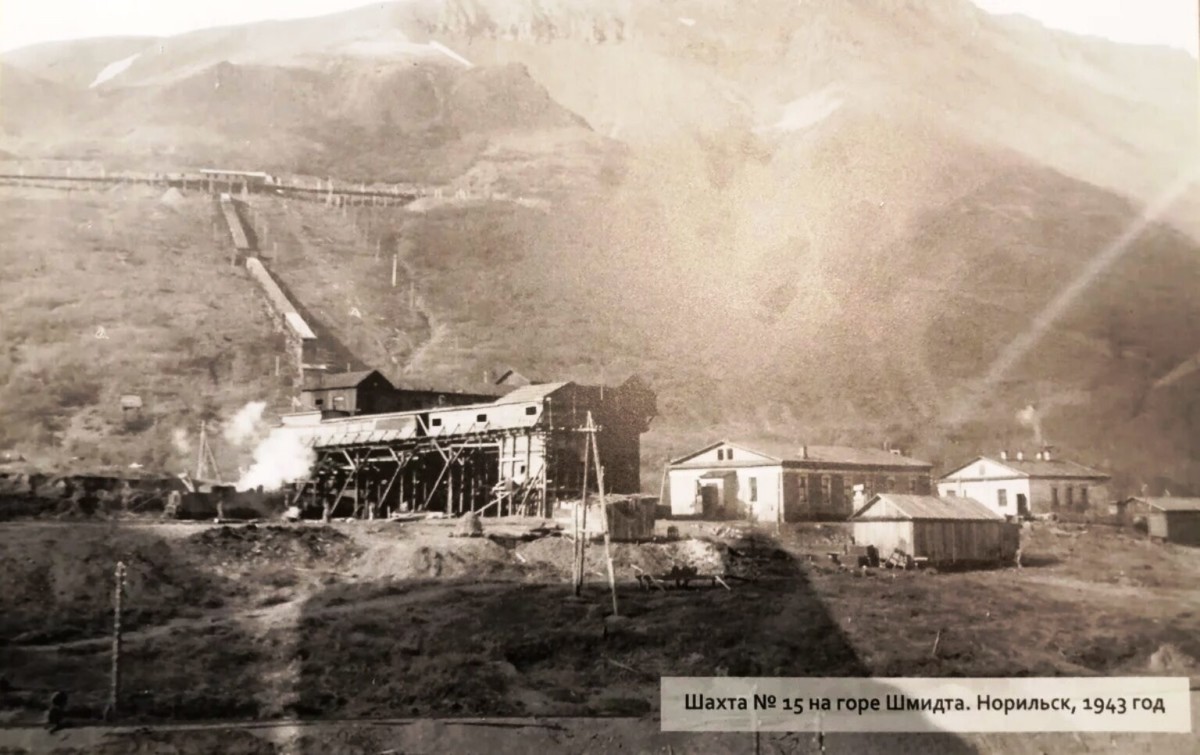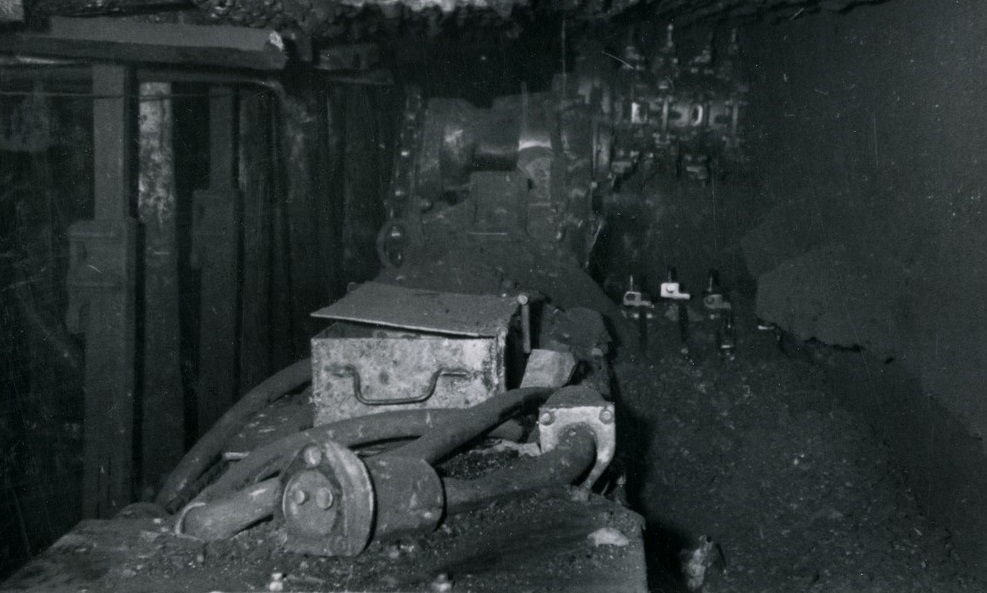#ARCTIC. #SIBERIA. THIS IS TAIMYR. In 1866 Fyodor Schmidt visited the Norilsk mountains at the invitation of the Sotnikov brothers. He was the first to inspect the local deposits. Subsequently, the mountain explored by him with rich reserves of coal was called Schmidtiha.
In 1893, Norilsk coal mining began for the first time. The Maritime Ministry contracted Alexander Sotnikov to mine coal in the Norilsk mountains for a hydrographic expedition. Sotnikov founded the Alexander Nevsky Mines here and mined two thousand pounds of coal, which was delivered to Dudinka by reindeer. Most of the coal was taken by Vilkitsky’s expedition on the Pahtusov steamer, the rest was taken by the English captain Wiggins. Then coal mining stopped.
In 1919, by the Siberian Geological Committee’s order, Nikolay Urvantsev’s expedition went to the lower reaches of the Yenisey. And Urvantsev was also looking for coal deposits in Taimyr. The next expedition in 1921 laid an exploratory coal adit, which would then develop into mine No. 13 and subsequently be renamed the Vostochnaya mine.
In 1935, after the order to speed up the construction of the Norilsk Combine, they also started with coal. At Mine No. 13, miners walked 60 meters of working and mined 600 tons of coal for Norilskstroy’s needs. They worked with hand tools: a pickaxe, a wedge, a sledgehammer, a chisel and a shovel. Rock and coal were taken out of the face in wheelbarrows.
At that time, the Taimyr territory was considered as a new coal province – Tungbass. By the beginning of 1939, Norilsk not only provided itself with coal, but could already give it to the side: after the construction of a coal pier in Dudinka, sea vessels began to bunker in fleets. The icebreaker Iosif Stalin took into its holds the first three thousand tons of Norilsk coal. By the fall of 1939, more than 40 000 tons had been delivered to the fleet.
From the speech of the Norilsk combine’s head Avraamy Zavenyagin, 1939:
“Coal is life for us today. Coal is the combine and the future city’s energy heart. These are furnace heating, fuel for power plants and numerous boiler houses, including locomotive boilers, raw materials for the production of liquid fuel and coke, without which the operation of metallurgical enterprises is impossible. Coal is a raw material for obtaining valuable generator gas. Finally, this is the most important commercial product of the Norilsk combine”.
The coal era in Norilsk ended with the natural gas arrival. 1969 was the last year when all seven Norilsk and Kayerkan mines produced coal. Their conservation went on quite quickly – during 1970-1971.
In the History spot photo project previous publication we told that the Norilsk Museum was originally a closed geological collection.
Follow us on Telegram, VKontakte.
Text: Svetlana Ferapontova, Photo: Nornickel Polar Branch archive








